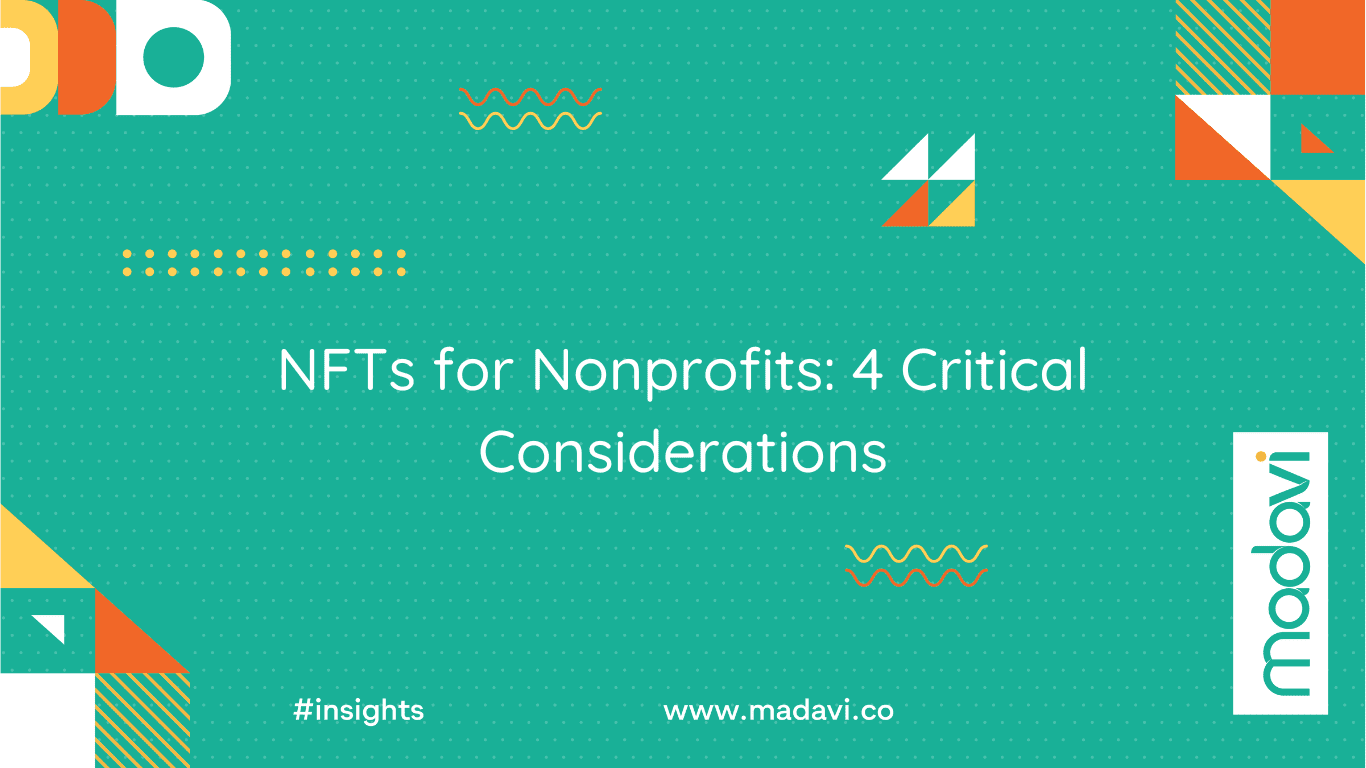Table of Contents
The world is evolving and one of the latest trends is Bitcoin, one of them being non-fungible tokens (NFTs). NFTs for nonprofits are becoming an increasingly popular fundraising tool. NFTs are digital assets that are unique and cannot be replicated, making them valuable in the world of cryptocurrency. In recent years, NFTs have been used to raise millions of dollars for various causes, including charities and nonprofits.
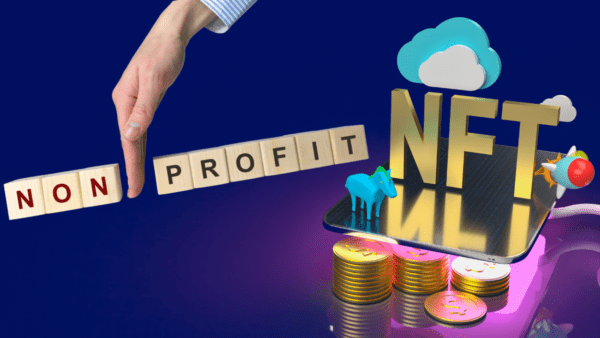
By incorporating NFTs into your nonprofit’s fundraising strategy, you can diversify your revenue streams and potentially reach a new audience of donors who are interested in cryptocurrency. NFTs offer a new way to engage with donors and provide them with a tangible asset in return for their donation. Additionally, NFTs can be used to showcase your nonprofit’s mission and values through digital art or other unique creations.
However, it’s important to note that NFTs for nonprofits are still a relatively new and evolving technology, and there are risks and challenges associated with using them for fundraising. It’s vital to do your research and consult with experts before incorporating NFTs into your nonprofit’s fundraising strategy. With that said, NFTs offer a promising opportunity for nonprofits to explore new ways of fundraising and engaging with donors in the digital age.
Understanding NFTs for Nonprofits
Non-fungible tokens (NFTs) are a type of digital asset that are unique and cannot be exchanged for other assets on a one-to-one basis. NFTs are stored on a blockchain, which is a distributed ledger that records transactions and ensures the authenticity of the asset. NFTs for nonprofits help in raising funds and awareness for the causes of nonprofit organizations.
What Are NFTs?
A more in-depth understanding of NFTs is that they are digital assets that are stored on a blockchain. Each NFT is unique and cannot be exchanged for other assets due to their uniqueness. NFTs can represent a variety of digital assets, including artwork, music, and videos. The ownership of an NFT is recorded on the blockchain, which ensures the authenticity of the asset.

NFTs are bought and sold on online marketplaces, such as OpenSea and Rarible. The price of an NFT is determined by supply and demand and can range from a few dollars to millions of dollars. Nonprofits can create and sell NFTs to raise funds for their causes.
Role of Nonprofits in Society
Nonprofits play a vital role in society by providing services and support to those in need. Nonprofits operate in a variety of sectors, including healthcare, education, and the environment. Nonprofits rely on donations and grants to fund their operations, and NFTs provide a new way to raise funds and awareness for their causes. Simply put, NFTs are a unique marketing strategy that helps nonprofits to raise funds to achieve their mission and goals.
For instance, NFTs for nonprofits create unique and valuable digital assets that can be sold to raise money. Nonprofits can also use NFTs to raise awareness for their causes by creating digital artwork or videos that highlight their mission. In a world where people like to join hands in creating social change and keep up with digital trends, NFTs for nonprofits, by providing a fusion of the two, is a new way for nonprofit organizations to engage with their supporters and raise more funds for their causes.
Benefits of NFTs for Nonprofits
Non-fungible tokens (NFTs) are digital assets that have unique properties that make them valuable. NFTs for nonprofits present a new way to raise funds, engage with new donors, and enhance the donor experience. Here are some of the benefits of NFTs for nonprofits:
Innovative Fundraising
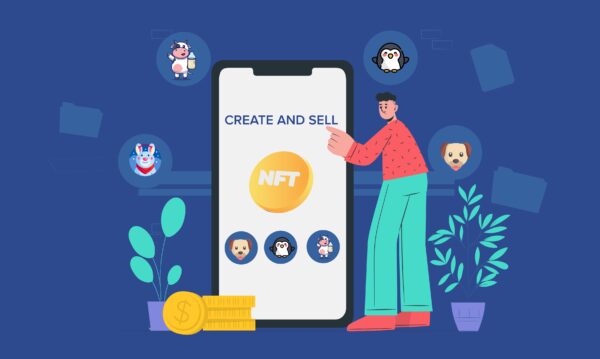
NFTs are referred to as the modern raffle ticket. NFTs for nonprofits can raise funds by creating digital art, music, or other unique digital assets that can be sold as NFTs to potential donors. These NFTs can be auctioned off, and the proceeds can be used to support the nonprofit’s mission. NFTs can also be used to incentivize donors to give more. For example, a nonprofit could create a limited edition NFT that is only available to donors who give a certain amount.
Engaging New Donors
NFTs for nonprofits can be used as a marketing strategy to engage with a younger demographic of supporters. Younger donors are more likely to be interested in digital assets, and NFTs provide a way for nonprofits to connect with them. NFTs can also be used to attract new donors who are interested in supporting the nonprofit’s mission but may not have been aware of it before.
Enhancing Donor Experience
NFTs can enhance the donor experience by providing them with a unique and memorable way to support the nonprofit. Donors can own a piece of digital art or music that is meaningful to them and that they can display in their digital collection. NFTs can also be used to provide donors with exclusive access to events or other perks.
Implementing NFT Strategies
If you’re a nonprofit looking to implement NFT strategies, there are a few things to keep in mind. NFTs for nonprofits can be a powerful tool for fundraising, but they require careful planning and execution. Here are some tips for launching an NFT campaign and collaborating with artists and celebrities.
Launching an NFT Campaign
When launching an NFT campaign, it’s important to have a clear strategy in place. This includes defining your target audience, setting goals for your campaign, and deciding on a pricing strategy. You should also consider working with an NFT creator who can help you design and mint your NFTs.
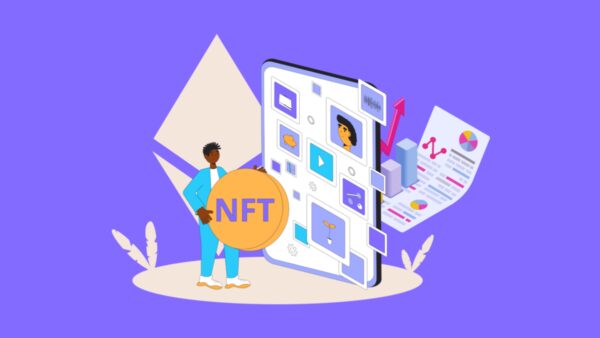
To maximize your chances of success, you should promote your NFT campaign through social media and other channels. This can help you reach a wider audience and generate more interest in your NFTs. You may also want to consider offering incentives to those who purchase your NFTs, such as exclusive access to events or merchandise.
Collaborations with Artists and Celebrities
Collaborating with artists and celebrities can be a great way to generate buzz around your NFT campaign. By working with well-known figures, or using the approach of influencer marketing for nonprofits, you can tap into their fan base and reach a wider audience. This can help you generate more interest in your NFTs and raise more funds for your cause.
When collaborating with artists and celebrities, it’s important to establish clear expectations and guidelines. You should also work with them to create NFTs that are aligned with your cause and mission. This can help you ensure that your NFTs resonate with your audience and generate the desired impact.
In other words, implementing NFT strategies can be a powerful tool for fundraising for nonprofits. By launching an NFT campaign and collaborating with artists and celebrities, you can generate more interest in your cause and raise more funds for your mission. With careful planning and execution, you can use NFTs to leave a positive impact in your community.
Legal and Tax Considerations
When it comes to NFTs for nonprofits, there are legal and tax considerations to keep in mind. In this section, we will discuss some of the key factors that nonprofits should be aware of.
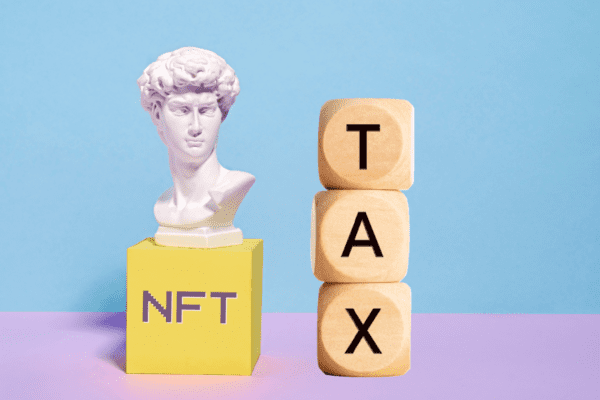
IRS Regulations on Crypto Donations
The Internal Revenue Service (IRS) treats cryptocurrency donations as property donations for tax purposes. This means that the fair market value of the cryptocurrency at the time of the donation is tax-deductible for the donor. However, if the cryptocurrency has appreciated in value since the donor acquired it, they may be subject to capital gains tax on the appreciation. Nonprofits should be aware that they may be responsible for reporting the value of the donation to the IRS on Form 8283 if the donation exceeds $5,000.
Understanding NFT Valuation
Valuing NFTs can be challenging because they are unique and often one-of-a-kind. The value of an NFT is determined by factors such as the rarity of the underlying asset, the reputation of the creator, and the demand for the NFT. Nonprofits should be aware that the value of an NFT can fluctuate rapidly, and that they may need to obtain an appraisal to determine the fair market value of the NFT at the time of the donation.
Nonprofits need to consult with legal and tax professionals to ensure that they comply with all applicable laws and regulations. By taking the time to understand the legal and tax considerations of accepting NFT donations, Nonprofits can ensure that they are able to make the most of this exciting new fundraising opportunity.
Success Stories and Case Studies
NFTs have already proven to be a successful fundraising tool for many nonprofits. Here are some notable success stories and case studies to inspire your organization’s NFT initiatives.
Notable Charity NFT Auctions
Charity auctions have been a popular way for nonprofits to raise funds for decades. However, with the rise of NFTs, charities have been able to take their auctions to the next level. One of the most successful charity NFT auctions was held by the American Red Cross. The organization partnered with The Giving Block to auction off a series of NFTs featuring artwork inspired by natural disasters. The auction raised over $100,000 for the American Red Cross Disaster Relief Fund.

Another successful charity NFT auction was held by Save the Children. The organization partnered with Nifty Gateway to auction off a collection of NFTs featuring artwork inspired by the children they serve. The auction raised over $500,000 for Save the Children’s education and health programs.
Impactful NFT Initiatives by Nonprofits
NFTs have also been used by nonprofits to raise awareness and funds for their causes. The Giving Block, a nonprofit that helps other nonprofits accept cryptocurrency donations, launched a campaign called “NFTs for Good.” The campaign encouraged artists to create NFTs inspired by various causes, with a portion of the proceeds going to the nonprofits that the artists chose to support. The campaign raised over $12 million for various nonprofits.
Another impactful NFT initiative was launched by the American Red Cross. The organization created a series of NFTs featuring artwork inspired by natural disasters, with a portion of the proceeds going to the American Red Cross Disaster Relief Fund. The initiative not only raised funds for the organization but also helped raise awareness about the importance of disaster relief efforts.
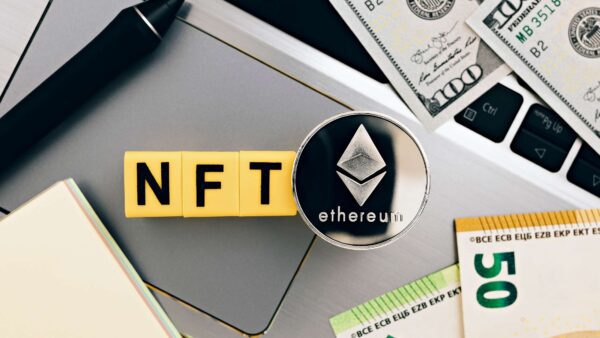
From this perspective, NFTs for nonprofits are becoming increasingly popular, making it essential for you as a nonprofit to familiarize yourself with best practices and capitalize on their advantages in raising funds for your cause and mission. Partnerships, whether with other organizations, artists, or celebrities, are vital because they increase the chances of success. You also have to integrate marketing strategies to reach the right audience of donors. Following the highlighted approaches will ensure you achieve desirable outcomes in your NFTs for nonprofits efforts.


